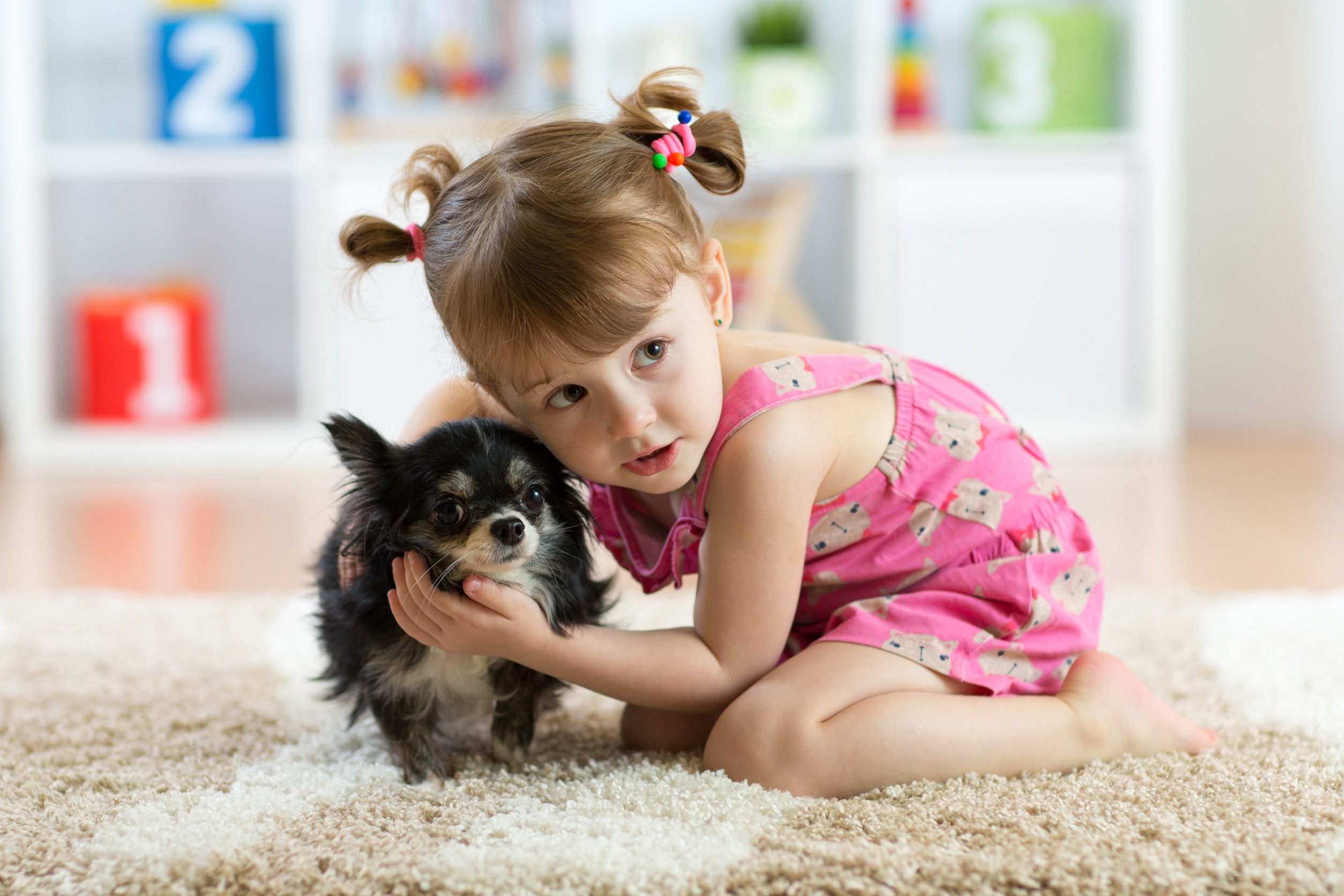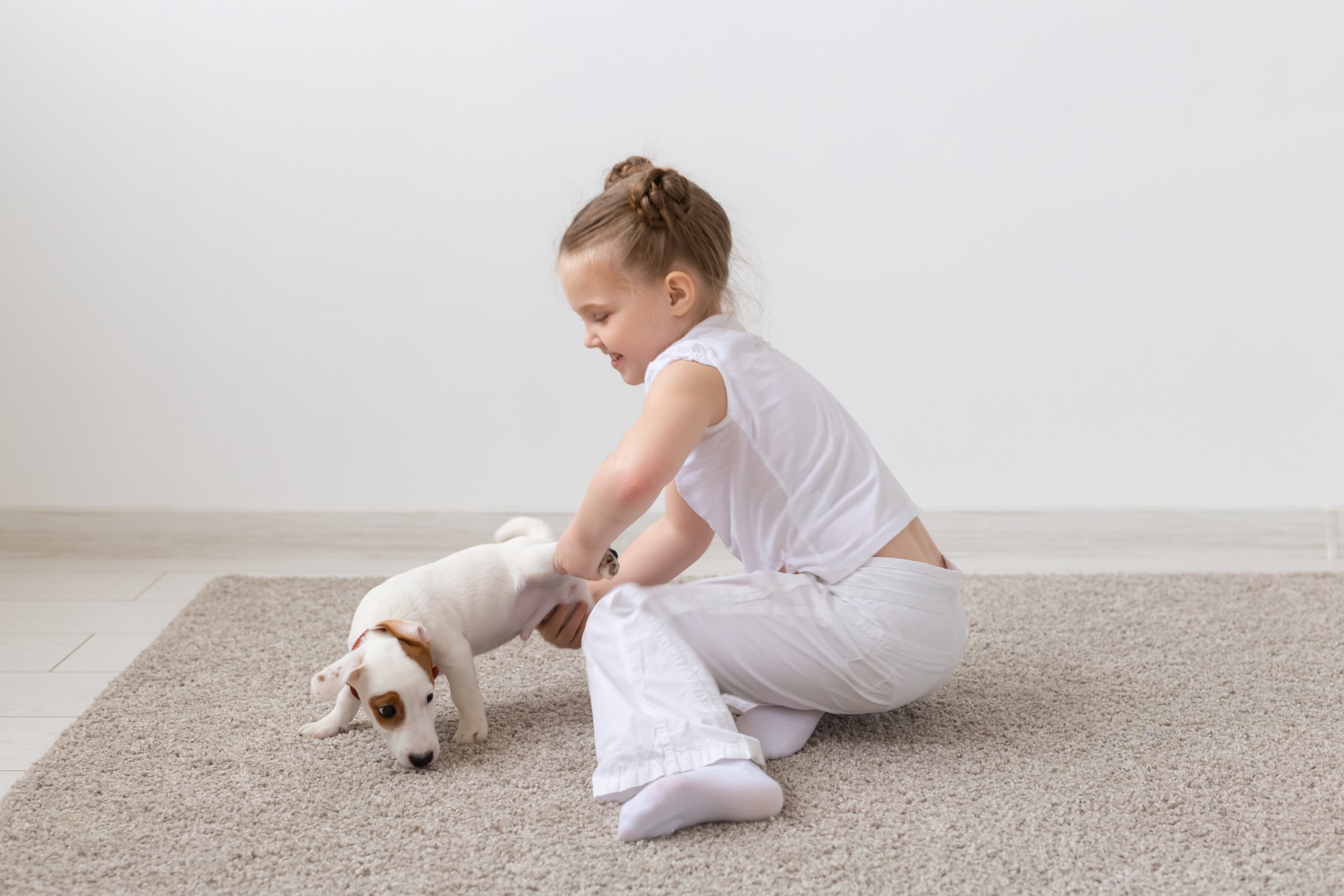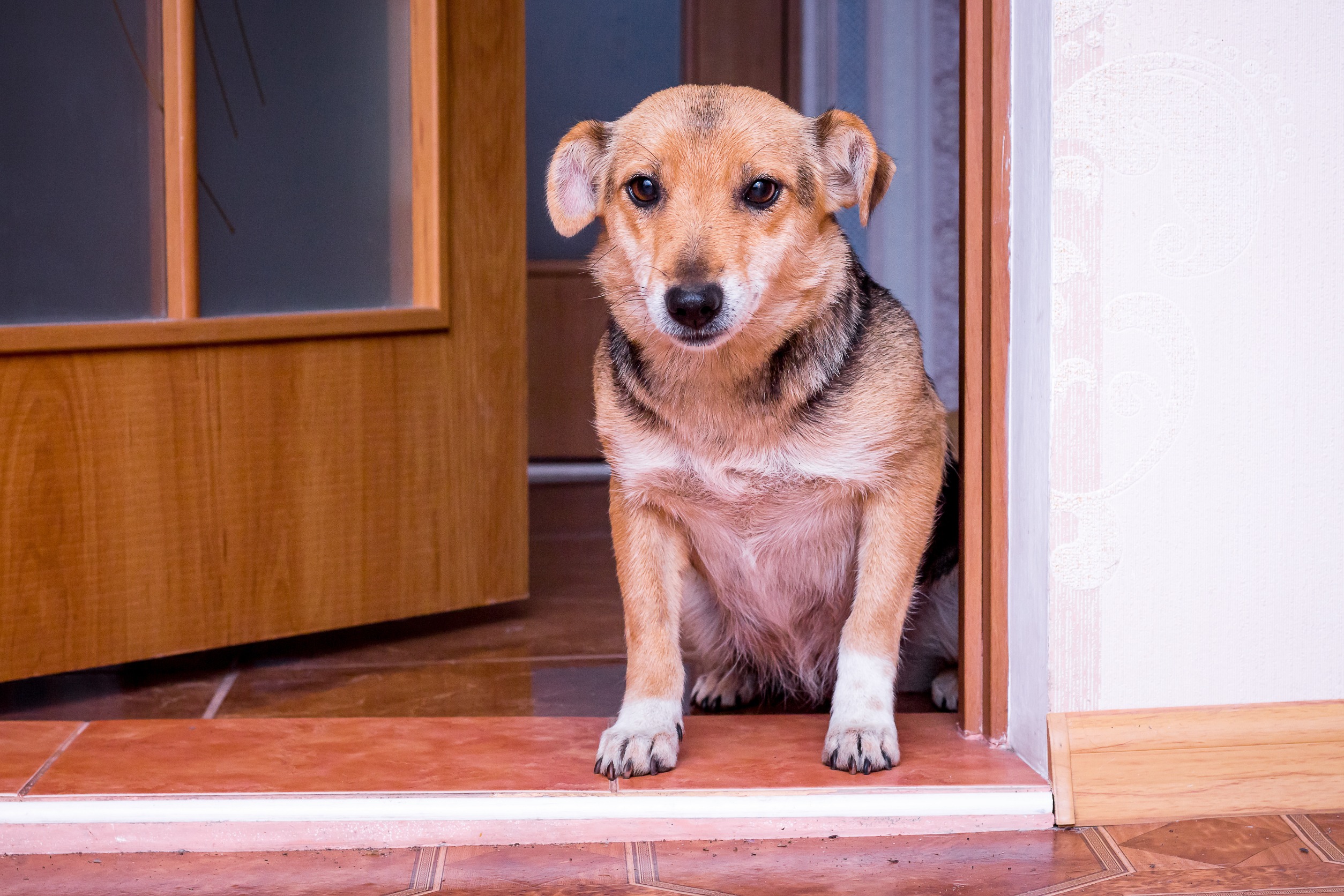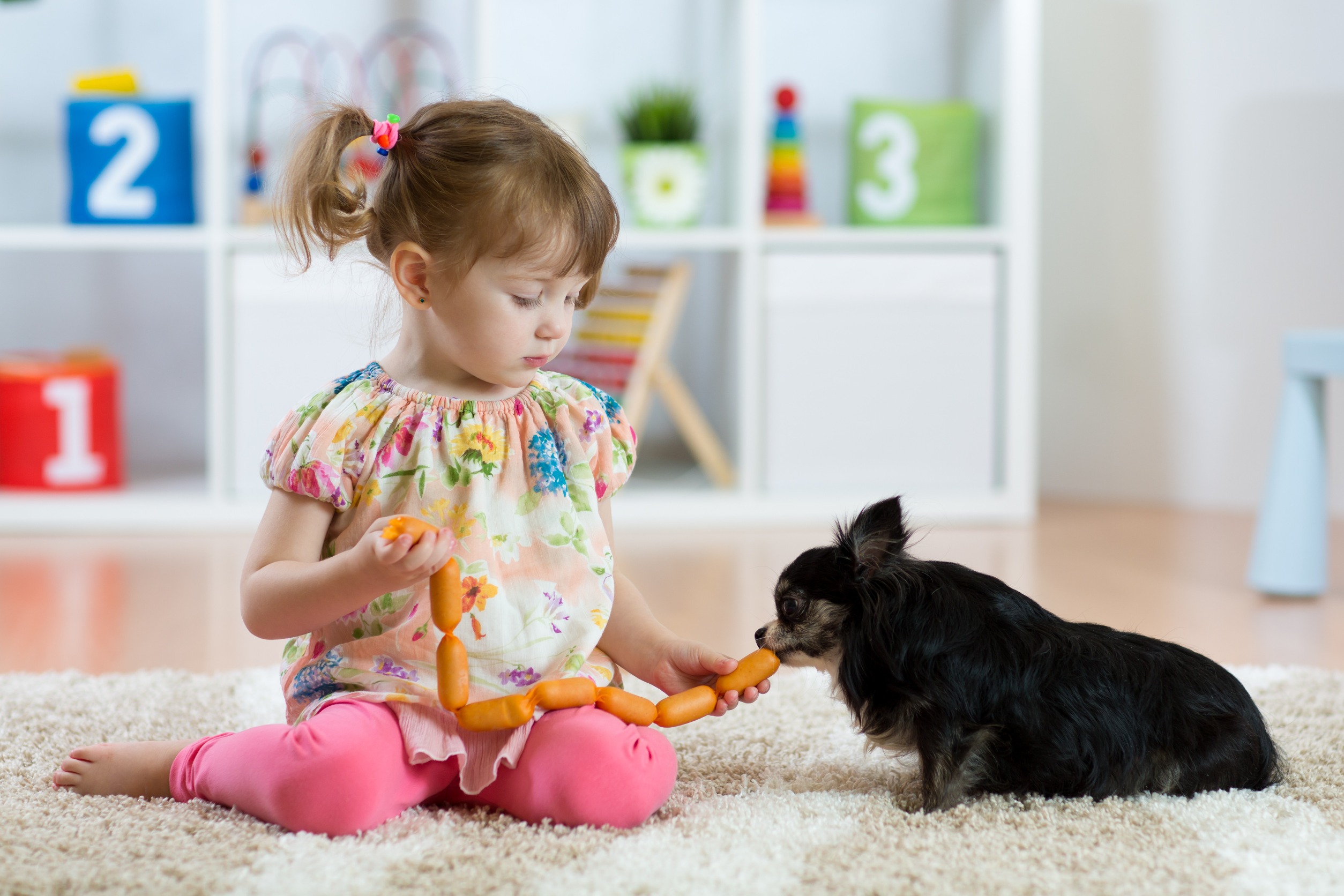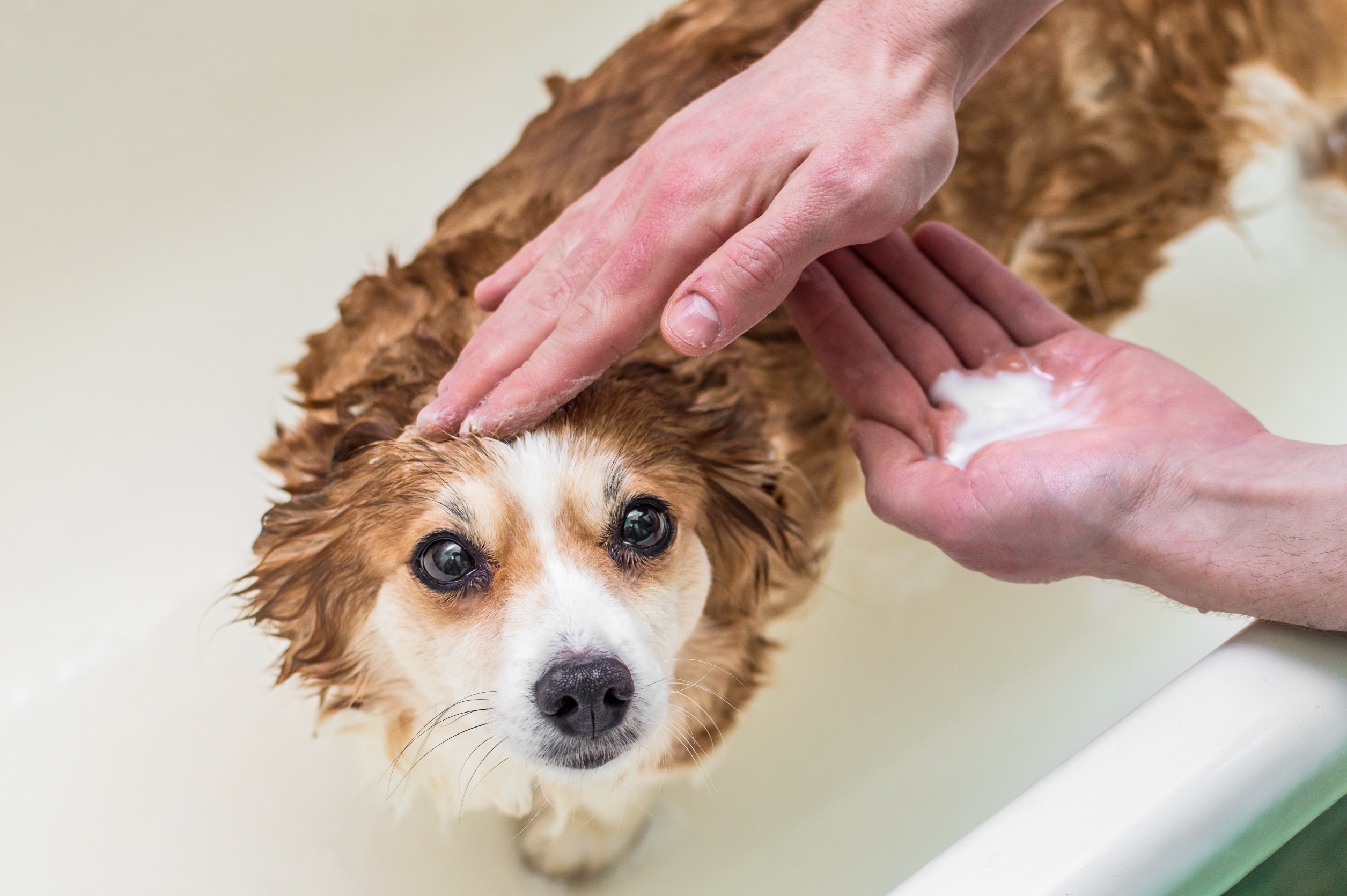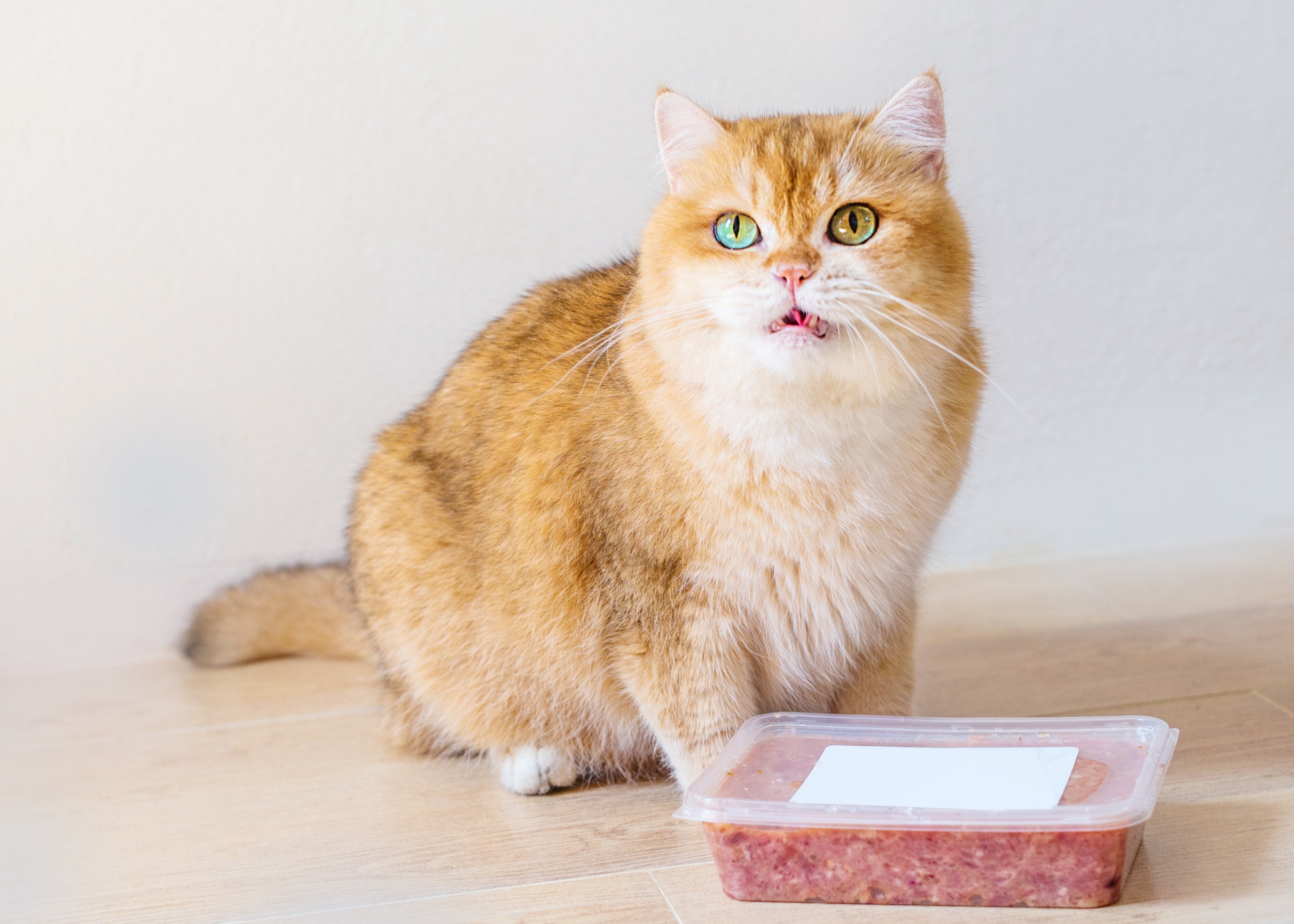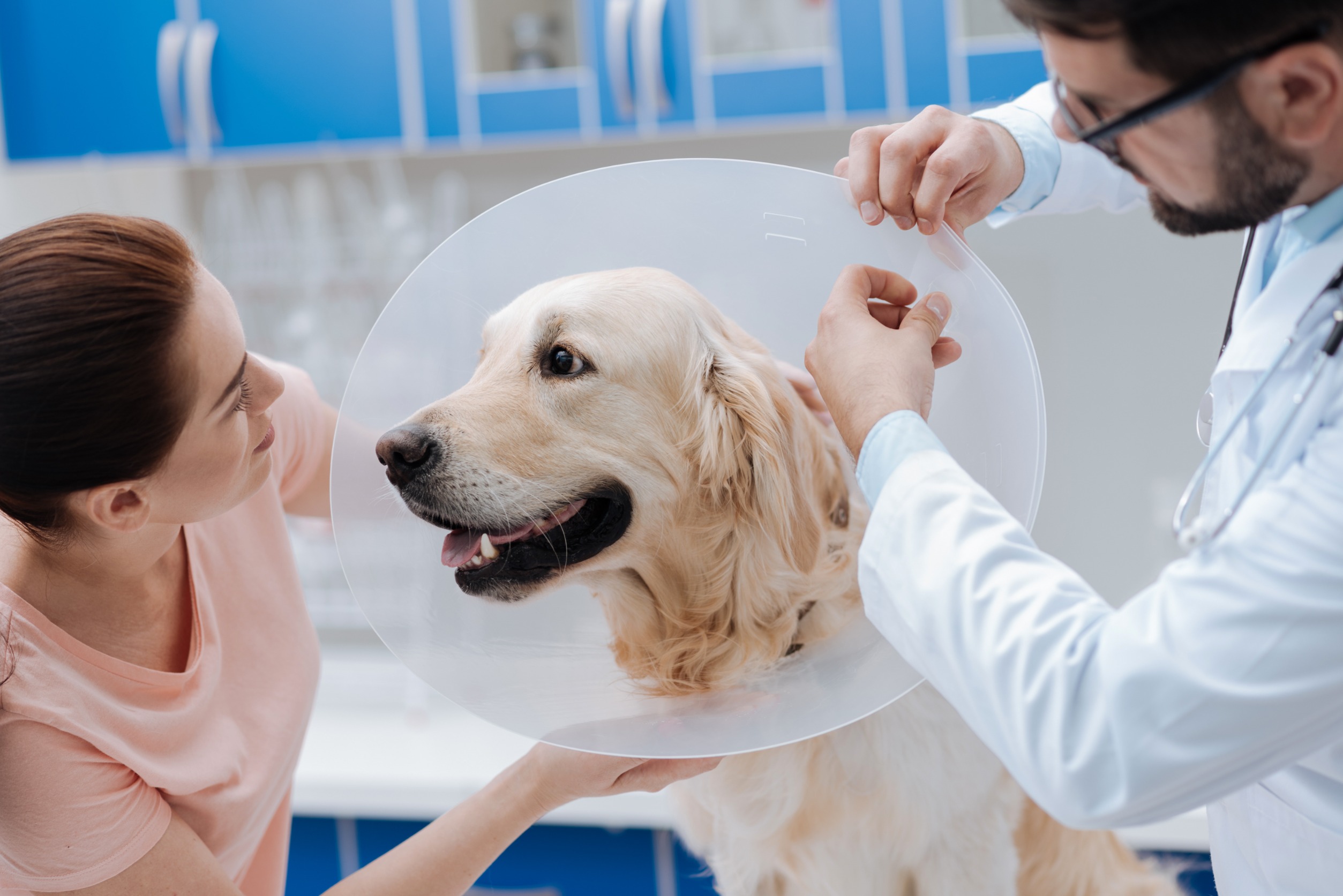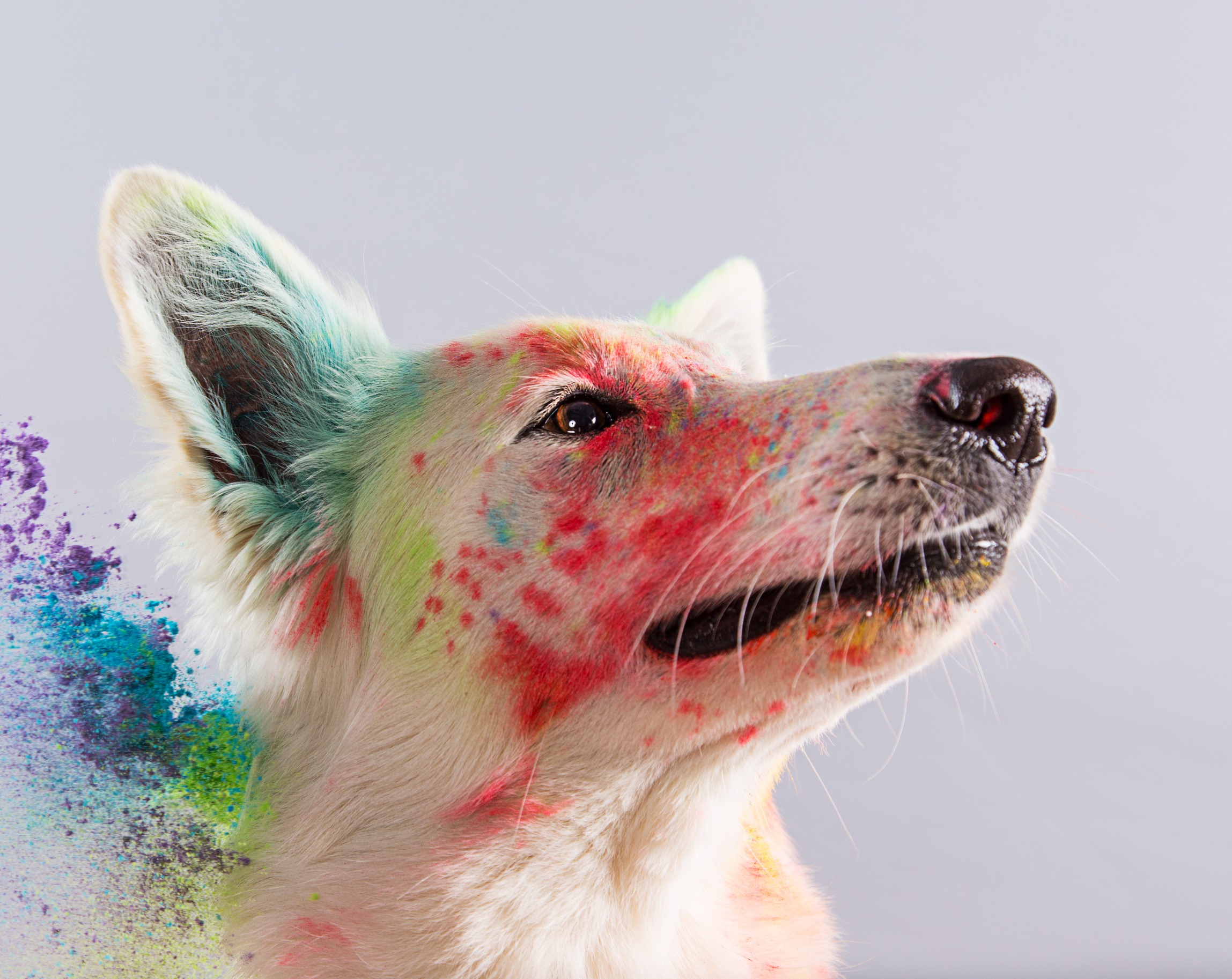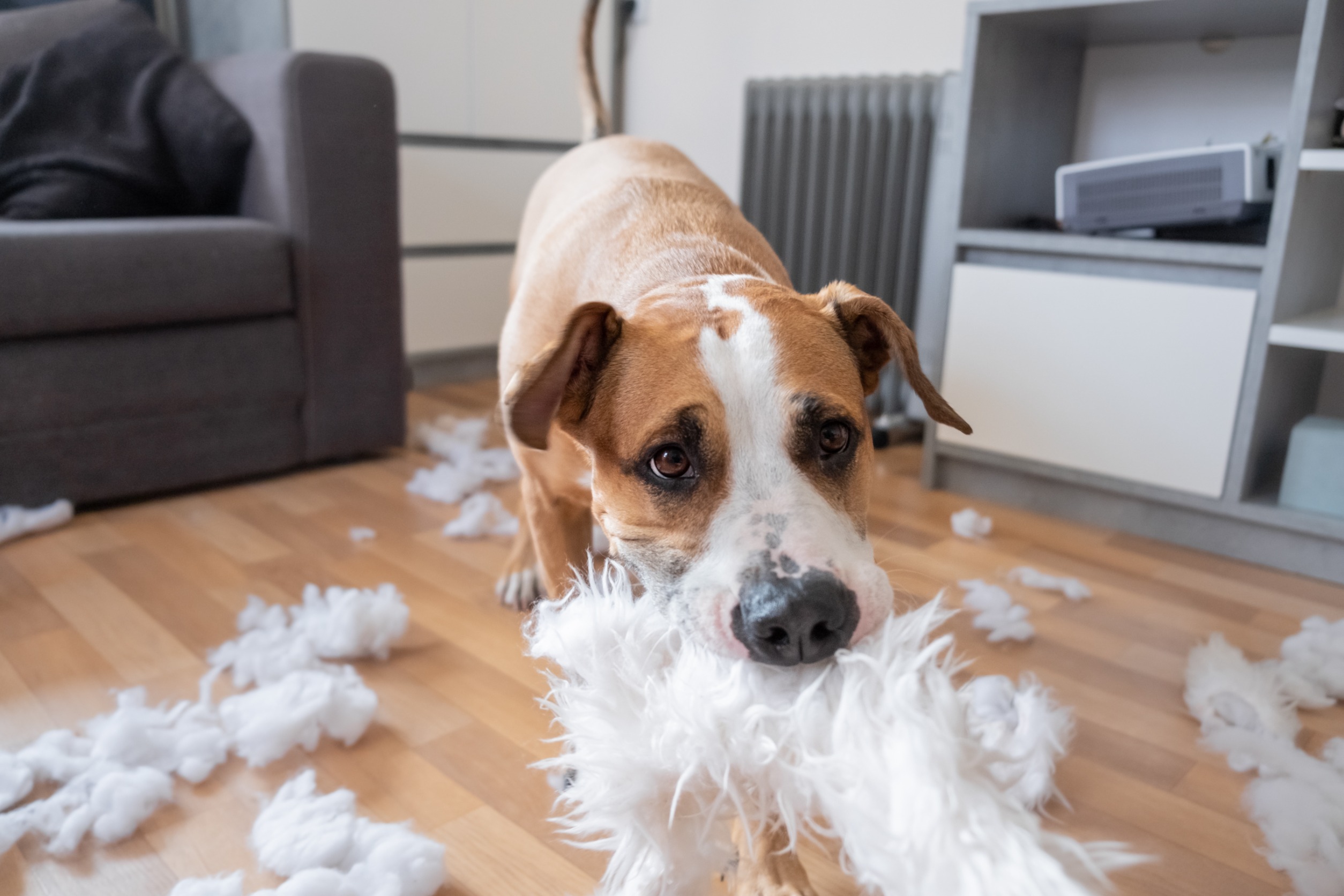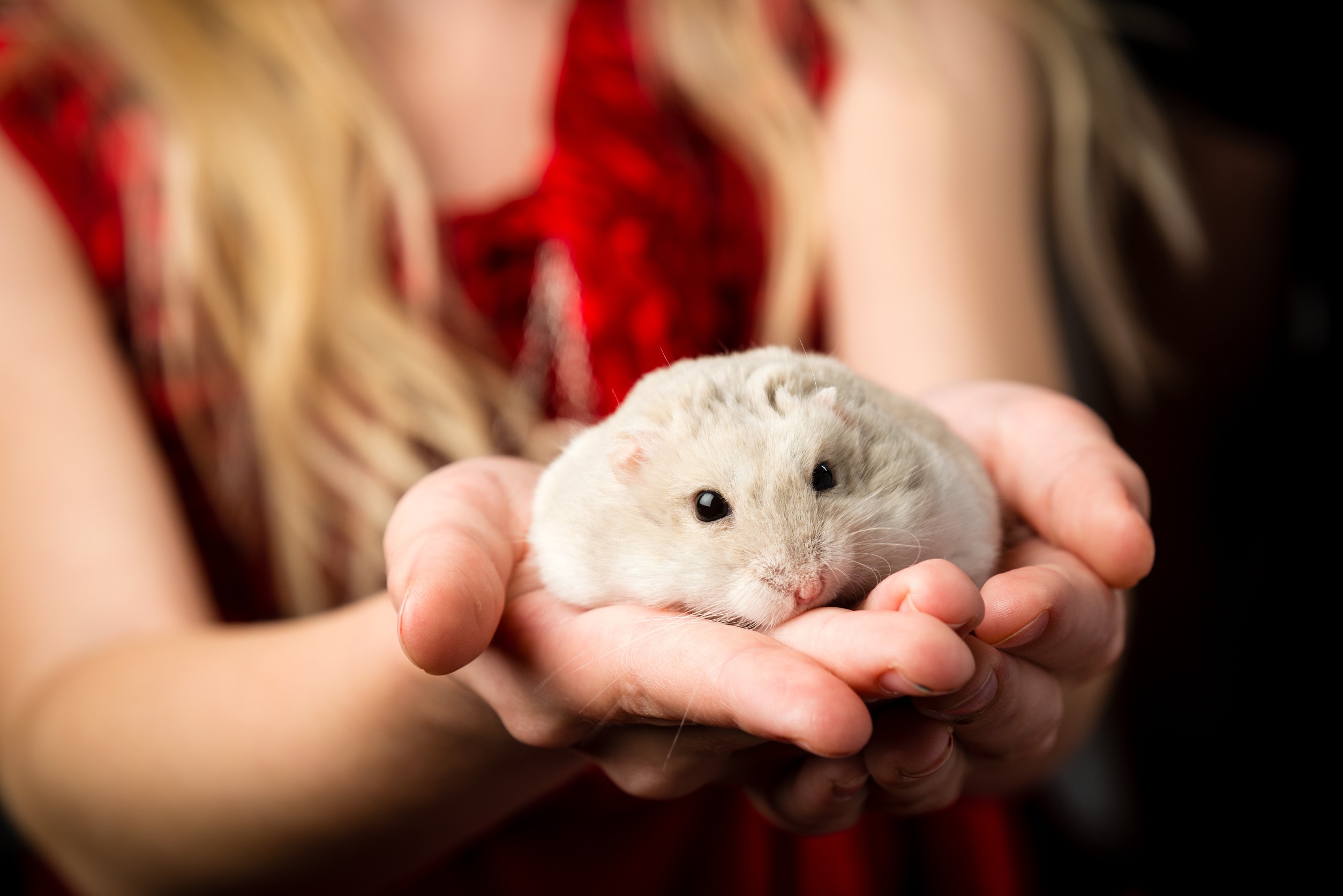Pets bring joy and companionship to families, but they also require proper care and attention. In their enthusiasm and innocence, children can sometimes make mistakes that lead to costly consequences for their furry friends. Understanding these common pet mistakes can help parents guide their kids in taking better care of their pets. Here are ten innocent pet mistakes made by kids that can have pricey consequences.
1. Playing Too Rough
Kids often don’t realize their strength when playing with pets, leading to accidental injuries. Roughhousing can cause broken bones, sprains, or other injuries that require veterinary attention. Teaching children gentle play techniques can prevent these accidents and keep pets safe. Medical bills for such injuries can be substantial, making it essential to monitor playtime closely.
2. Leaving Doors or Gates Open
In their rush to play outside or come back in, kids often forget to close doors or gates, allowing pets to escape. An escaped pet can get lost or injured, leading to frantic searches and potentially expensive vet bills. Ensuring that children understand the importance of securing exits can prevent such incidents. The costs of finding a lost pet and treating any injuries they might sustain can be significant.
3. Feeding Unsafe Foods
Children might think they are treating their pets by sharing human food, but many foods are unsafe for animals. Chocolate, grapes, and certain artificial sweeteners can be toxic to pets, leading to severe health issues. Educating kids on what foods are safe for pets is crucial to avoid emergency vet visits. The costs of treating poisoning or gastrointestinal problems can be high, making it essential to supervise what children feed to pets.
4. Neglecting Pet Hygiene
Children might not always remember to help with routine pet hygiene tasks like brushing or bathing. Neglecting these duties can lead to issues like matted fur, skin infections, or dental problems. Teaching kids the importance of regular grooming and hygiene can prevent these health issues. Veterinary treatments for such conditions can be costly, making regular care a more affordable option.
5. Overfeeding
Kids love to spoil their pets with treats, but overfeeding can lead to obesity and related health problems. Pets that are overweight are at risk for diabetes, joint issues, and heart conditions, all requiring veterinary care. Educating children on proper feeding amounts and the importance of a balanced diet can keep pets healthy. Managing obesity and its complications can result in substantial vet bills.
6. Ignoring Exercise Needs
Pets, especially dogs, need regular exercise to stay healthy and happy. Kids might forget or be too busy to ensure pets get the physical activity they need. Lack of exercise can lead to obesity, behavioral issues, and other health problems. Encouraging kids to incorporate playtime and walks into their daily routine can prevent these costly health issues.
7. Not Recognizing Illness Signs
Children may not always recognize the signs that a pet is unwell, such as lethargy, changes in appetite, or unusual behavior. Delayed medical attention can worsen a pet’s condition, leading to more complicated and expensive treatments. Teaching kids to observe and report any unusual signs in pets can ensure timely veterinary care. Early detection of health issues often results in lower treatment costs and better outcomes for pets.
8. Leaving Art Supplies Out
Kids often leave their art supplies, such as markers, paints, and glue, scattered around after a creative session. Curious pets might ingest these materials, leading to toxic reactions or intestinal blockages. Art supplies can also cause skin irritation or respiratory issues if pets come into contact with them. Supervising cleanup and storing art materials safely out of pets’ reach can prevent these harmful incidents.
9. Failing to Secure Pet Toys
Kids might leave pet toys lying around, leading to potential choking hazards or digestive blockages if pets chew and swallow them. These incidents can require emergency surgery, which is both stressful and expensive. Ensuring that toys are safe and appropriate for the pet’s size and monitoring playtime can prevent these dangers. The costs of emergency surgery and recovery are high, making prevention crucial.
10. Mishandling Small Pets
Small pets like hamsters, rabbits, or birds can be easily injured if incorrectly handled. Children might squeeze too hard or drop these fragile animals, leading to severe injuries. Teaching proper handling techniques and supervising interactions can prevent accidents. Veterinary care for small pets can be just as costly as for larger animals, making careful handling essential.
Teach Your Children to Avoid These Innocent Pet Mistakes Made by Kids
Pets are beloved family members, and teaching kids how to care for them properly is essential to avoid costly mistakes. From ensuring safe play to recognizing signs of illness, these preventive measures can protect both pets and wallets. Educating children on responsible pet care fosters a safer environment for pets and helps avoid unnecessary veterinary expenses. With the proper guidance, kids can learn to be excellent pet caretakers, ensuring their furry friends stay healthy and happy.
Read More:
12 Signs Your Pet Might Be Stressed
12 Dog Food Brands That Won’t Make You Broke
Catherine is a tech-savvy writer who has focused on the personal finance space for more than eight years. She has a Bachelor’s in Information Technology and enjoys showcasing how tech can simplify everyday personal finance tasks like budgeting, spending tracking, and planning for the future. Additionally, she’s explored the ins and outs of the world of side hustles and loves to share what she’s learned along the way. When she’s not working, you can find her relaxing at home in the Pacific Northwest with her two cats or enjoying a cup of coffee at her neighborhood cafe.

